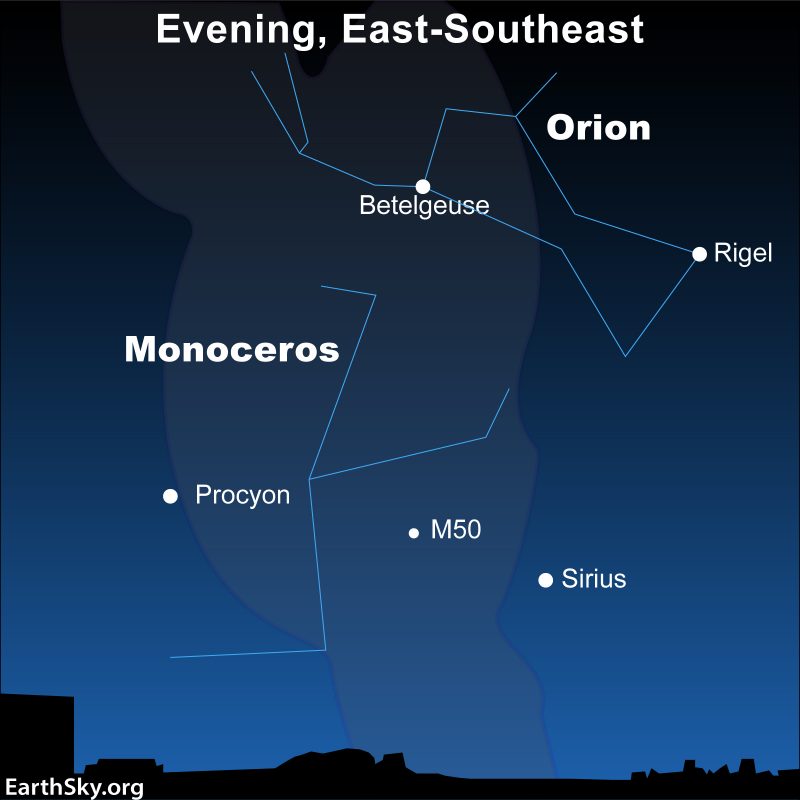
1st Martian rock cored for sample return to Earth
NASA’s Perseverance rover has successfully cored a Martian rock, NASA announced late last week. This is Perseverance’s first core sample, and it’s the first Martian rock to be cored. The rover acquired images on September 1, 2021, that showed the sample tube filled with an intact core of the rock. It’s an exciting achievement. And it’s the first of many such samples of Mars rock that’ll be analyzed and stored for return to Earth by a future Mars mission. Wow.
For this accomplishment, the second time’s the charm. Perseverance first attempt at this maneuver was on August 5, 2021. More about that below. This time, the mission team is confident the sample really is in the tube, as seen in initial images. They had a bit of worry about that since subsequent images were a bit less clear. So they took additional images just to be absolutely sure. NASA later tweeted on September 4 that newer images taken did indeed still show the sample safely inside the tube:
I’ve got it! With better lighting down the sample tube, you can see the rock core I collected is still in there. Up next, I’ll process this sample and seal the tube. #SamplingMars
Latest images: https://t.co/Ex1QDo3eC2 pic.twitter.com/gumqpmoXBW
— NASA's Perseverance Mars Rover (@NASAPersevere) September 5, 2021
Sampling, caching and ‘percuss to ingest’
So how does the sampling work? The rover uses its Sampling and Caching System with a rotary-percussive drill and a hollow coring bit at the end of its 7-foot-long (2-meter-long) robotic arm. This is used to extract samples slightly thicker than a pencil. The sample tube is housed within the bit during coring.

The corer, bit, and open end of the sample tube are then imaged by the rover’s Mastcam-Z instrument. After the images showed the sample in the tube, the rover began a procedure called “percuss to ingest.” This vibrates the drill bit and tube for one second, five separate times. It’s done in order to clear the lip of the sample tube of any residual bits of rock or dust that may be present.
If at first you don’t succeed …
The news that the core sampling worked is a relief to the mission team. The first attempt back on August 5, 2021, in a flat pavestone-like rock, didn’t go as planned. The drill and coring bit did obtain a core, but the core was too soft and crumbled into dust and never filled the sample tube properly. It was a disappointing setback, but now this second attempt shows the rover can accomplish its sampling goals as planned.
Jennifer Trosper, project manager at NASA’s Jet Propulsion Laboratory, commented on the successful sample acquisition, saying:
The project got its first cored rock under its belt, and that’s a phenomenal accomplishment. The team determined a location, and selected and cored a viable and scientifically valuable rock. We did what we came to do. We will work through this small hiccup with the lighting conditions in the images and remain encouraged that there is sample in this tube.


The search for life
Perseverance’s primary science mission is to search for evidence of ancient microbial life. It’s landing site, Jezero Crater, was once a large lake a few billion years ago. There is even a river delta, still clearly visible on the crater floor, where a river used to empty into the lake. The rover landed not far from the delta, and will be exploring it in the relatively near future.
Jezero Crater contains ancient lakebed sediments and clays, and is a prime region in which to look for traces of microbial biosignatures or fossils. The months and years ahead will be interesting, indeed.
The rover made its jaw-dropping landing on Mars on February 18, 2021.
Bottom line: NASA’s Perseverance rover has successfully cored its first rock on Mars. The good news comes after an earlier attempt failed in early August. The core sample will be stored onboard the rover for later return to Earth by a future mission.
The post Success! 1st Martian rock cored by Perseverance first appeared on EarthSky.






0 Commentaires